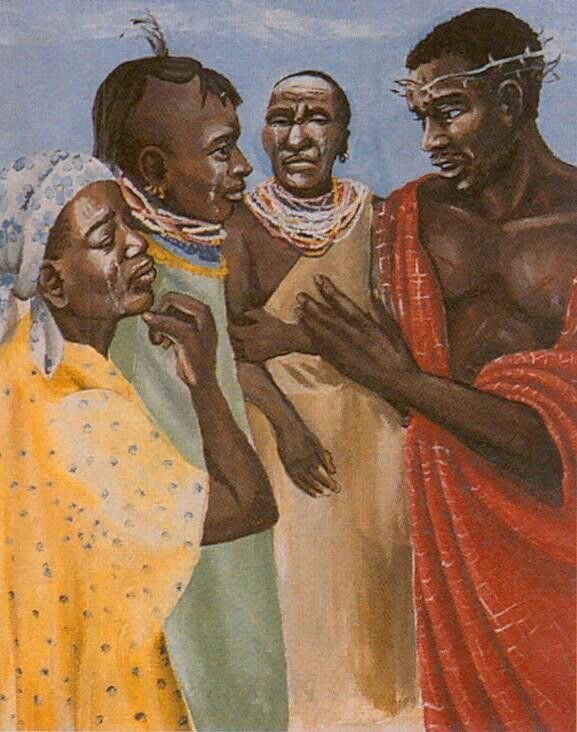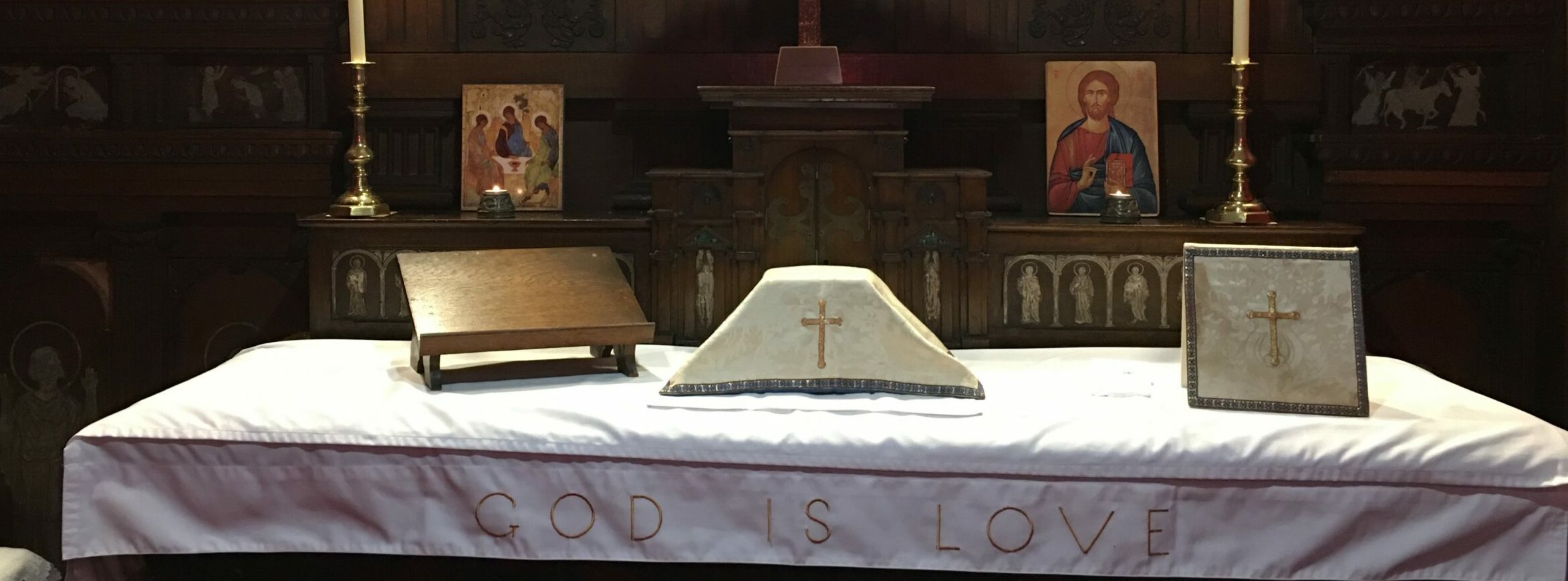
Often on a Sunday morning I switch my radio on around 7am and listen to Radio 4’s Sunday programme. This religious current affairs programme is interesting to listen to as I awake and prepare myself to lead Sunday services. Last Sunday an interview with Chine McDonald from Christian Aid caught my attention. She was talking about her new book, “God is not a white man”. She spoke of how her image of God has been influenced by depictions of Jesus as a white man. For most of her life this is how she pictured God when she prayed, something she recognised was theologically problematic for her as a black woman.
The Bible doesn’t describe Jesus physically, but it’s likely he looked very different from how he has long been portrayed in western art and illustrations found in older Bibles. Luke 3:23 says Jesus was about 30 years old when he began his ministry, but the Bible says little about what he looked like, except that he didn’t stand out in any way. In fact, when Jesus was arrested in the Garden of Gethsemane Judas Iscariot had to point Jesus out to the soldiers who came with him, probably because Jesus and his disciples all looked similar to one another.
Jesus, like his disciples, was a Palestinian Jewish man living in Galilee in the first century, so he would have looked like a Jewish Galilean. Although we don’t know exactly what Jesus would have looked like it’s likely that he would have had dark, perhaps curly hair, dark skin and dark eyes. The fair long-haired, bearded image of Jesus found in early art was heavily influenced by representations of Greek and Roman gods. The thought behind images of Jesus wearing robes, seated in positions of honour sometimes with a halo surrounding his head, was not to show Jesus as a man, but to show Jesus as Christ in his divinity.
Last year the Archbishop of Canterbury made the following statement on Twitter: “Jesus was Middle Eastern, not white. It’s important we remember this. But the God we worship in Christ is universal, and the hope he offers is good news for us all.” He acknowledged that Christ is depicted in different cultures as someone who looks like them. He posted some of his favourite images of Christ from around the world and invited people to share theirs.
Reflecting on this got me thinking about where I get my image of God from. When I was little, I was given a children’s book about Jesus. The colourful pictures depicted Jesus as a middle eastern man, and this framed my image of Jesus. In fact, when I was old enough to go into an art gallery and see religious art, it took me by surprise to find Jesus depicted as a white man. He looked so different to what I had seen in my children’s books.
When I visited the Holy Land during my ministry training, we had a guide who was Palestinian. One day he took us to a restaurant in the Old Town of Jerusalem. He knew the owners well judging by the familiarity of the banter between them. While we were eating, I observed them laughing and joking and I wondered if Jesus and his disciples would have looked like these friends as they laughed and joked together.
The images we have of Jesus have a bearing on the way we see God. We make many assumptions based on influences we may or may not be aware of. When I read about Jesus and his disciples in the gospels, I find it helpful to consciously put aside what I think I know and read each passage as if for the first time. Why not try it for yourself? Choose a gospel passage and read it through a couple of times. What does it actually say? Allow yourself to picture the scene using the actual information given. Why is this important? We can become so familiar with what we think the Bible says about Jesus and miss the detail. We can form a composite of Jesus based on a variety of influences which may blind us to aspects of who Jesus is and how he relates to us. By renewing our image of Jesus, we can renew our appreciation of who he is and what he has done for us. Our prayer life can become more dynamic and exciting as we get a fresh insight into how Jesus wants to relate to us today.
Rev. Harriet Johnston


